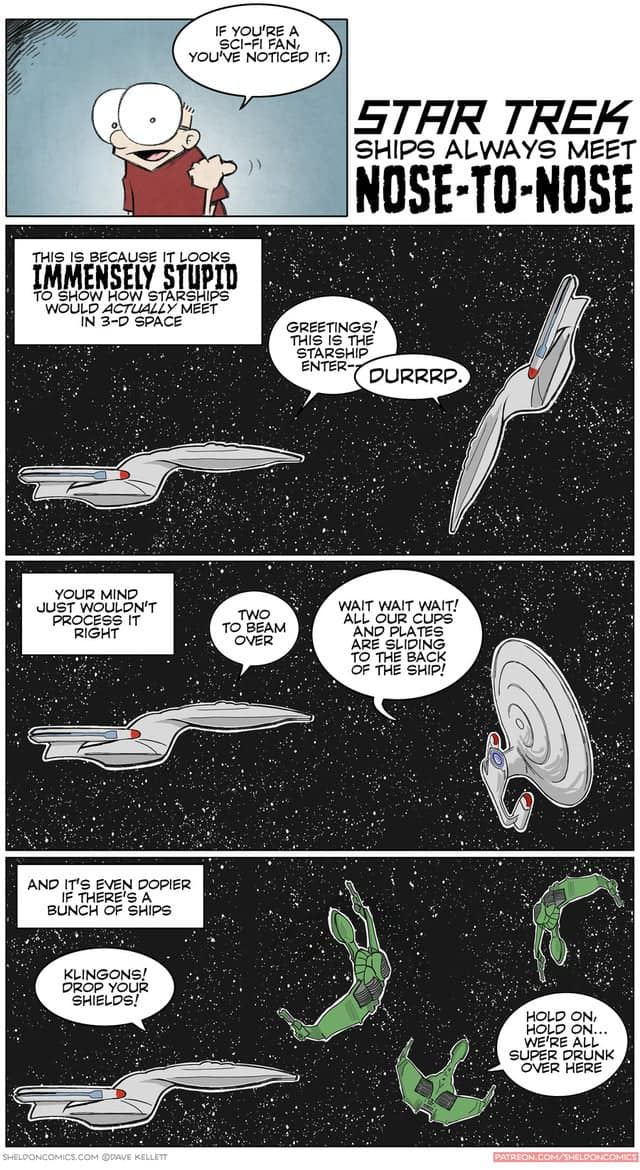I think most species probably align themselves to either the galactic plane or prominent orbital plane of the local star system.
the "up" & "down" directions would be completely arbitrary, though. there's no reason to think everone would decide on a standard for those.
and species without that certain sense of appropriateness, or an overt dedication to logic, would likely not bother with a standard orientation. and especially when in orbit over a planet, I think everyone would orient their "down" towards the surface.
